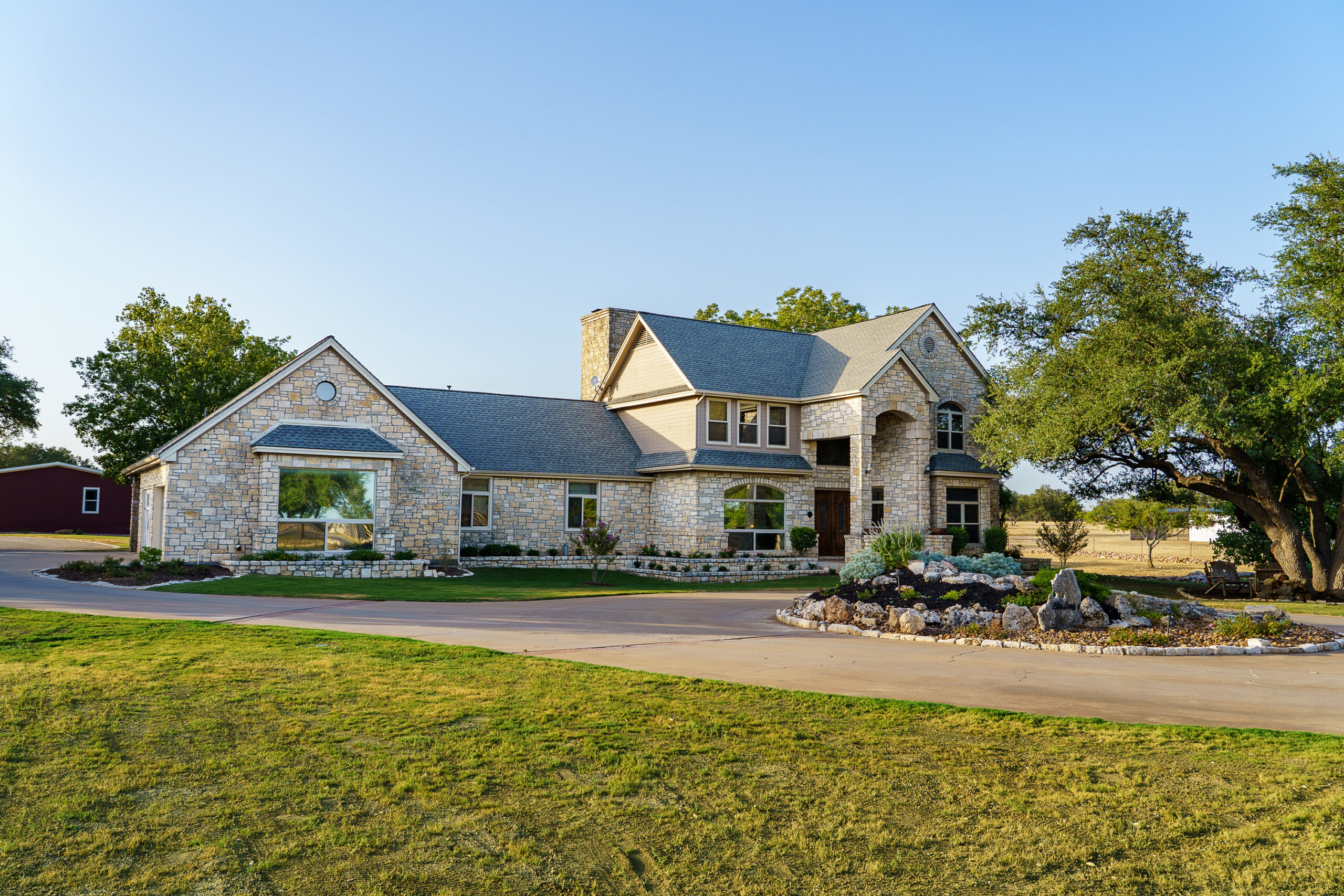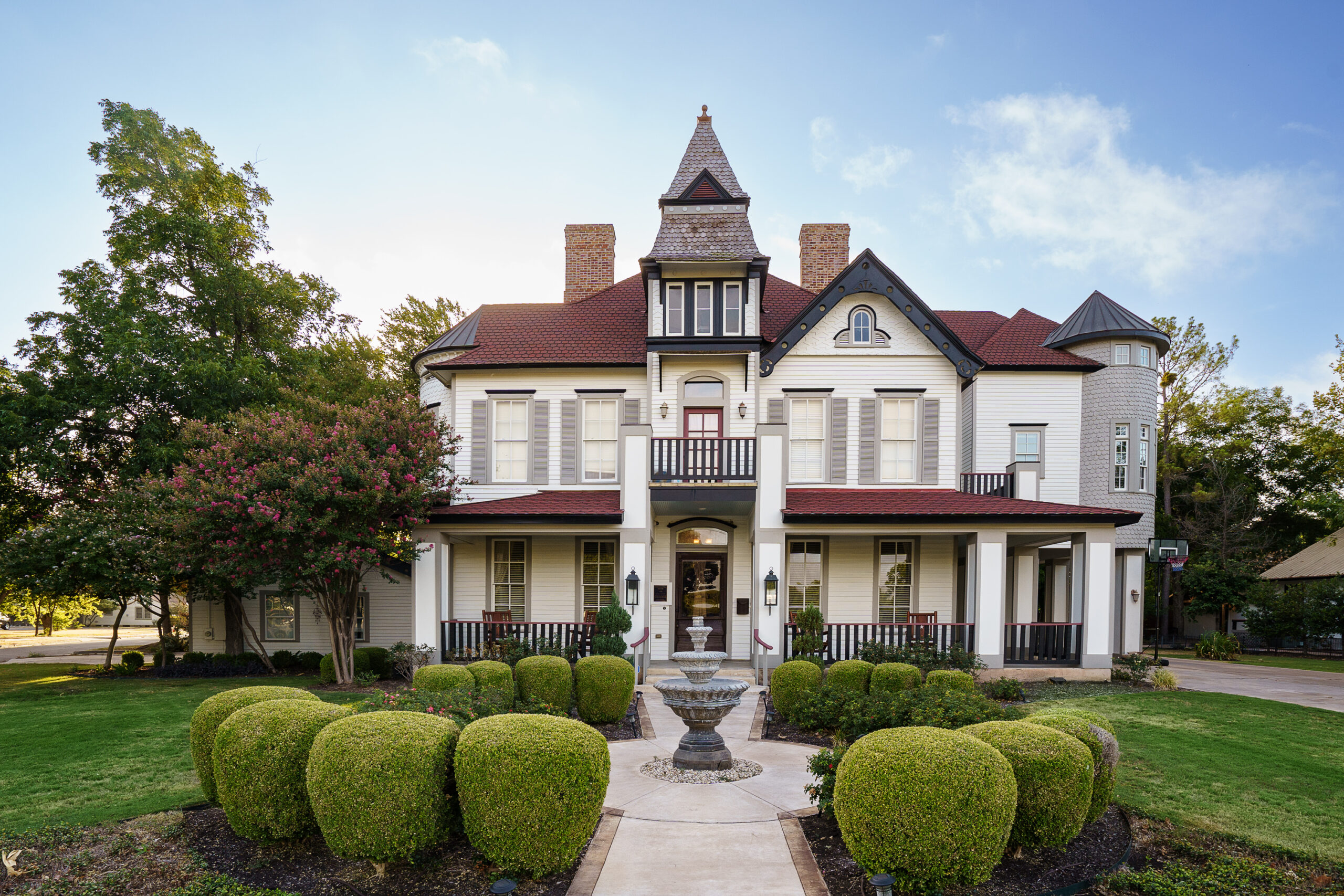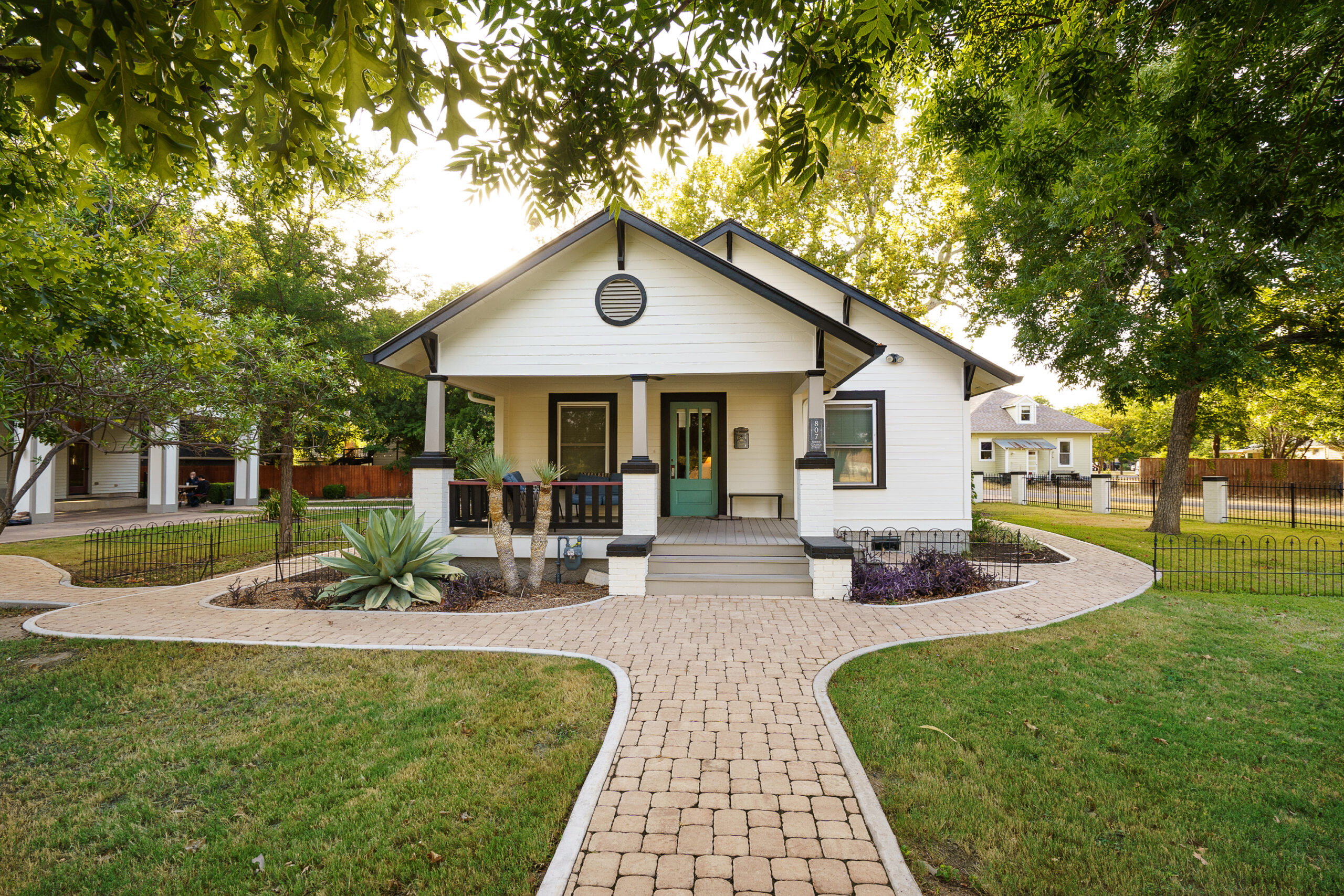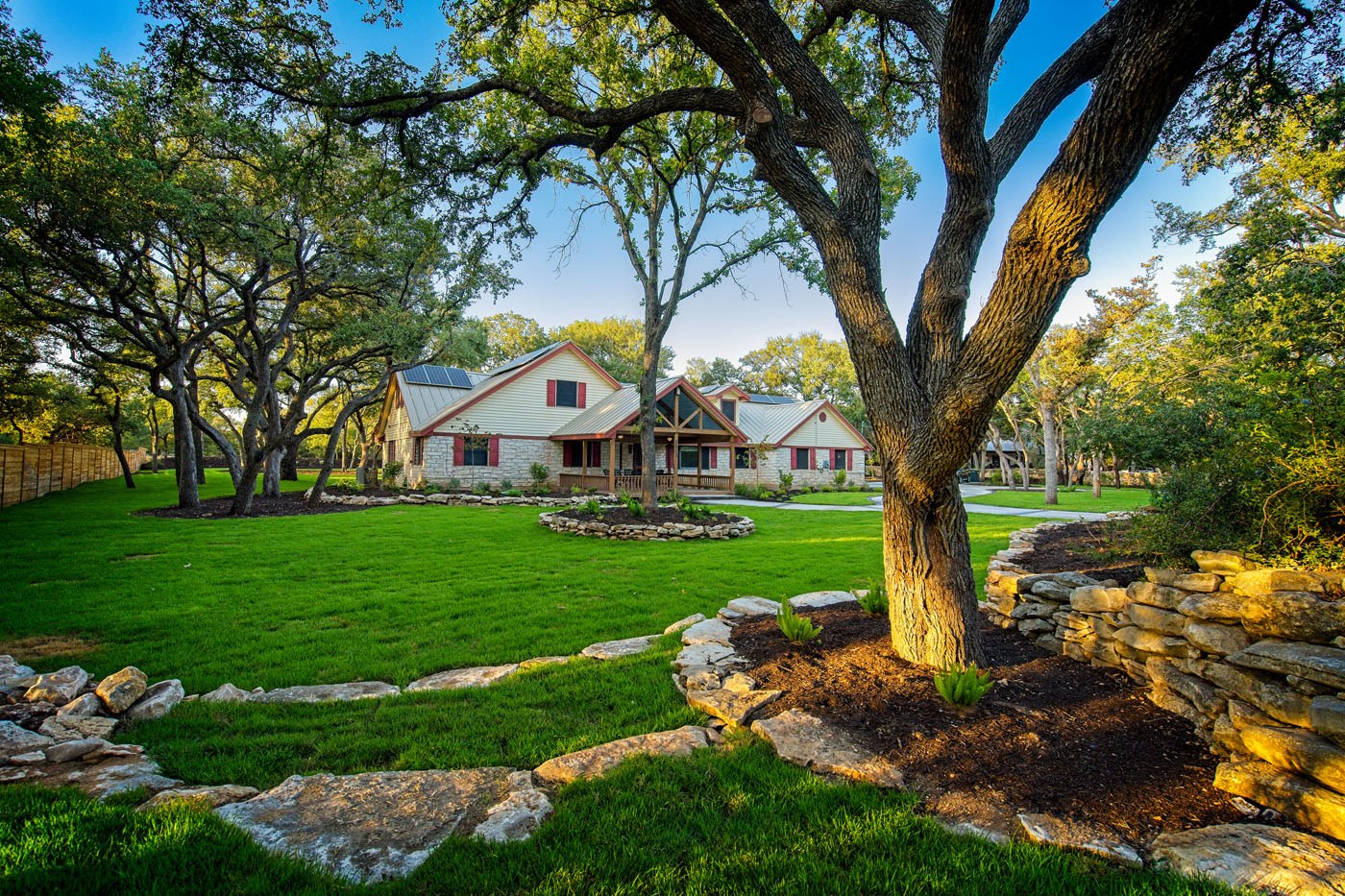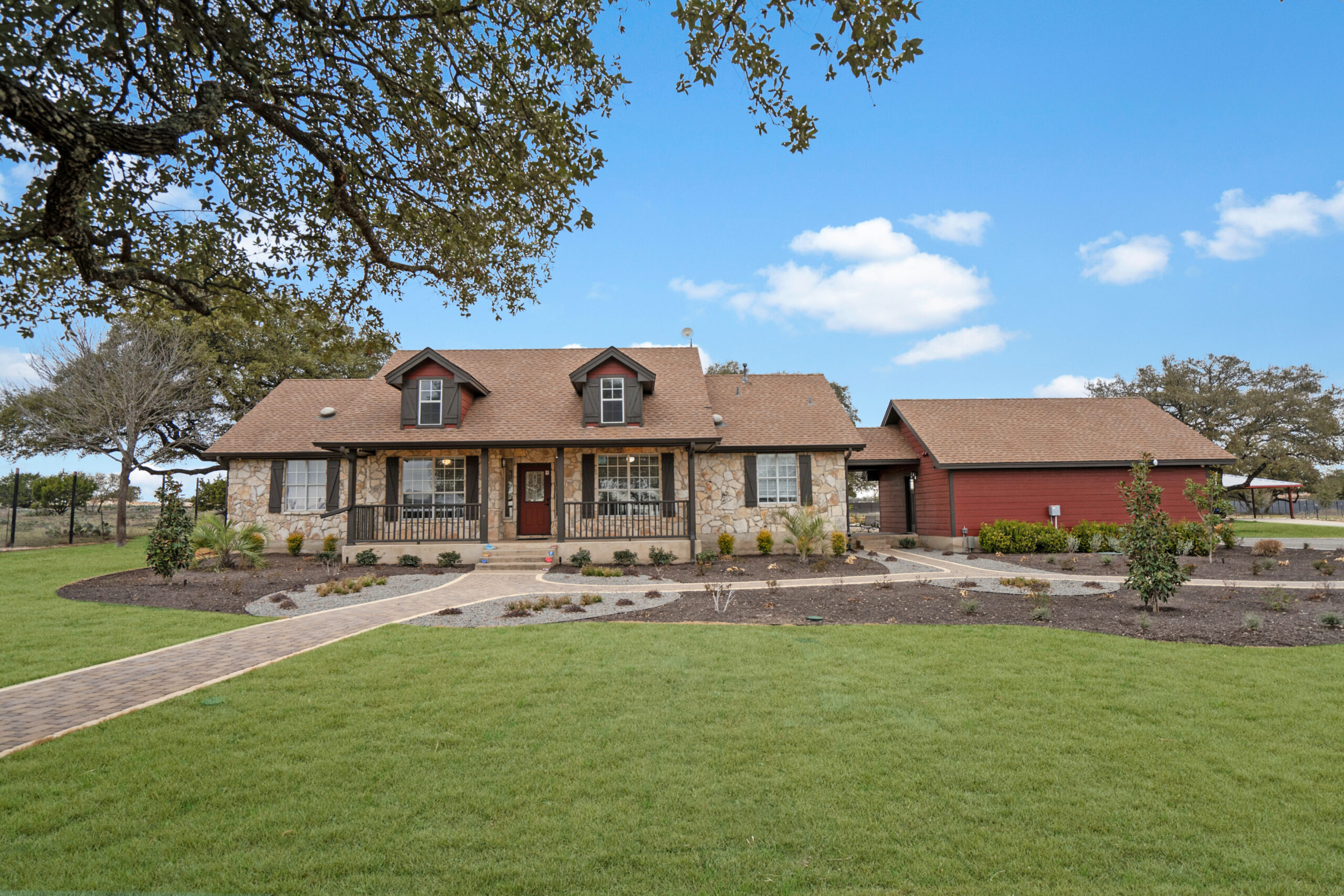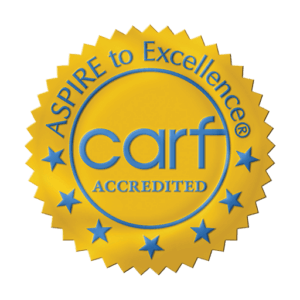
Navigating Bipolar Disorder
Bipolar disorder is a complex mental health condition characterized by significant mood swings, including emotional highs (mania or hypomania) and lows (depression). Navigating this condition requires more than just medication; it demands a comprehensive approach to treatment that addresses the individual as a whole. This is where bipolar residential treatment centers come into play, offering a structured and supportive environment for healing and recovery.
The Role of Residential Treatment
Bipolar residential treatment centers play a crucial role in the management and treatment of bipolar disorder. These facilities provide a sanctuary for individuals seeking to stabilize their mood swings and gain better control over their lives. Through a combination of medication management, psychotherapy, and holistic approaches to wellness, residents can embark on a journey toward sustained mental health.
The immersive nature of residential treatment allows for a focus on long-term recovery, going beyond the symptoms to address underlying issues and triggers. It’s a place where individuals can learn, grow, and heal in a community of peers and professionals who understand the challenges of living with bipolar disorder.
Alta Loma: Transformational Care
Alta Loma stands out as a beacon of hope for those grappling with bipolar disorder and other severe mental illnesses. Located in the serene landscapes of Georgetown, Texas, this facility is more than just a treatment center; it is a community dedicated to helping individuals find balance and purpose.
With a focus on long-term health and sobriety, Alta Loma tailors its programs to meet the unique needs of each resident. The combination of cognitive behavioral therapy, medication management, nutritional planning, and more, ensures a holistic approach to wellness.
Specialized Treatment Programs
Personalized Care and Support
Understanding that each individual’s journey with bipolar disorder is unique, Alta Loma offers specialized treatment programs. These programs are designed to address not only the symptoms of bipolar disorder but also the root causes, facilitating a deeper and more sustainable healing process.
Comprehensive Treatment Approach
Alta Loma’s comprehensive treatment approach integrates various therapeutic modalities, including cognitive behavioral therapy and recreational therapy. By focusing on the whole person–mind, body, and spirit–this approach ensures that all aspects contributing to mental health and sobriety are addressed.
Facility Highlights
Alta Loma’s facilities are crafted to provide a tranquil and healing environment. From The Ranch to Casa Esperanza, residents have access to spaces designed for reflection, growth, and integration into society. The serene environment, combined with state-of-the-art treatment modalities, makes Alta Loma an ideal setting for recovery.
Team and Philosophy
The dedicated team at Alta Loma is committed to empowering individuals to take control of their mental health. With a philosophy centered on transformational care, the staff fosters a supportive and nurturing environment where residents can thrive.
Embracing individuality, the team works closely with residents to develop personalized treatment plans that reflect each person’s needs, goals, and preferences, ensuring that every resident receives the support necessary for long-term recovery.
The Journey Toward Wellness
Embarking on the journey toward wellness at a bipolar residential treatment center like Alta Loma can be a transformative experience. It offers a safe space to understand and manage bipolar disorder, providing the tools and support needed to lead a healthy, fulfilling life.
Through a combination of expert care, a supportive community, and a serene environment, residents are guided toward a path of emotional and psychological stability. This journey is not just about managing symptoms but building a foundation for a life defined by hope, purpose, and joy.
Contacting Alta Loma
If you or a loved one is struggling with bipolar disorder or any severe mental illness, reaching out for help is the first step toward healing. Alta Loma is dedicated to providing the support and resources needed for long-term recovery. Contacting their team can start the journey towards a healthier, more balanced life.
With their comprehensive care coordination and array of tools for sustainable lifestyle changes, Alta Loma offers a path to wellness tailored to the needs of those with severe mental health challenges. It’s an opportunity to transform lives, foster hope, and create lasting health and happiness.

What makes bipolar residential treatment centers effective for managing bipolar disorder?
Bipolar residential treatment centers stand out because they provide a holistic and immersive approach to managing bipolar disorder. Unlike outpatient services that deal with symptoms as they arise, these centers focus on comprehensive care. This means addressing not just the symptoms but the root causes of the disorder. Residents benefit from a structured environment that combines medication management, psychotherapy, and holistic wellness practices. Imagine being in a place where every aspect of your treatment is tailored to your personal journey, including your meals, therapy sessions, and even recreational activities. This personalized and focused approach facilitates deeper understanding and management of bipolar disorder, ultimately leading to long-term stability and wellness.
What are common misconceptions about bipolar residential treatment centers?
One major misconception is that these centers are similar to hospitals or institutions. In reality, centers like Alta Loma are designed to be more like communities where healing and personal growth are nurtured. Another misconception is that they restrict personal freedom. On the contrary, the environment is built on the principle of empowering residents to take control of their mental health. The structured setting provides a supportive framework, within which individuals can explore and develop coping skills at their own pace. Lastly, people often assume treatment is solely focused on medication. While medication management is a key component, the care plan encompasses much more, from psychotherapy and nutritional planning to recreational therapy and community integration. This holistic approach ensures that every aspect of an individual’s well-being is addressed.
How do you choose the right bipolar residential treatment center?
Choosing the right center involves looking beyond just the programs offered; it’s about finding a place where you feel understood and supported. Start by considering the center’s philosophy and whether it aligns with your own values and recovery goals. Then, examine the variety of therapies and programs offered to ensure they address both the symptoms and underlying causes of bipolar disorder. It’s also beneficial to look into the qualifications and expertise of the staff, as well as the ratio of staff to residents, to ensure you will receive personalized care and support. Finally, visit the center if possible, or attend an online tour to get a feel for the environment and ask any questions you might have. Remember, the aim is to find a place where you can envision yourself growing and healing.
How do bipolar residential treatment centers prepare individuals for integration into society post-treatment?
Preparation for integration into society is a key focus of treatment centers like Alta Loma. This process begins from day one and is woven into every aspect of the resident’s treatment plan. Through individualized care and support, residents learn coping mechanisms and life skills essential for navigating daily life outside the center. Social and recreational activities facilitate the development of communication skills and the building of a support network, which is crucial for long-term stability. Additionally, centers often offer vocational training and educational workshops to help residents prepare for employment and other practical aspects of life post-treatment. Encouraging autonomy and self-efficacy is at the heart of this preparation, ensuring that individuals not only manage their disorder but thrive in their personal and professional lives.
What kind of support is available for families of individuals in bipolar residential treatment?
Families play a critical role in the recovery process, and therefore, their involvement and support are integral components of residential treatment. Centers like Alta Loma offer educational programs and workshops that help families understand bipolar disorder and how they can support their loved one’s journey to wellness. Family therapy is another vital offering, providing a safe space for addressing interpersonal issues and improving communication. By teaching coping strategies and ways to maintain a supportive home environment, centers empower families to contribute positively to the recovery process. Furthermore, they provide resources and guidance for managing the transition once their loved one returns home, ensuring ongoing support and stability.
How do bipolar residential treatment centers ensure the long-term success of their residents?
Ensuring long-term success involves a multifaceted approach focusing on sustainable lifestyle changes and ongoing support. Alta Loma, for instance, emphasizes the development of a robust aftercare plan tailored to each resident’s specific needs. This plan may include regular therapy sessions, support group meetings, and continued medication management. Additionally, residents are encouraged to engage with community resources and build a supportive network outside the center. Education on relapse prevention strategies and the signs of impending mood swings enables residents and their loved ones to act proactively. The ultimate goal is to equip individuals with the tools and confidence needed to manage their condition independently, ensuring they can lead a fulfilling life post-treatment.
